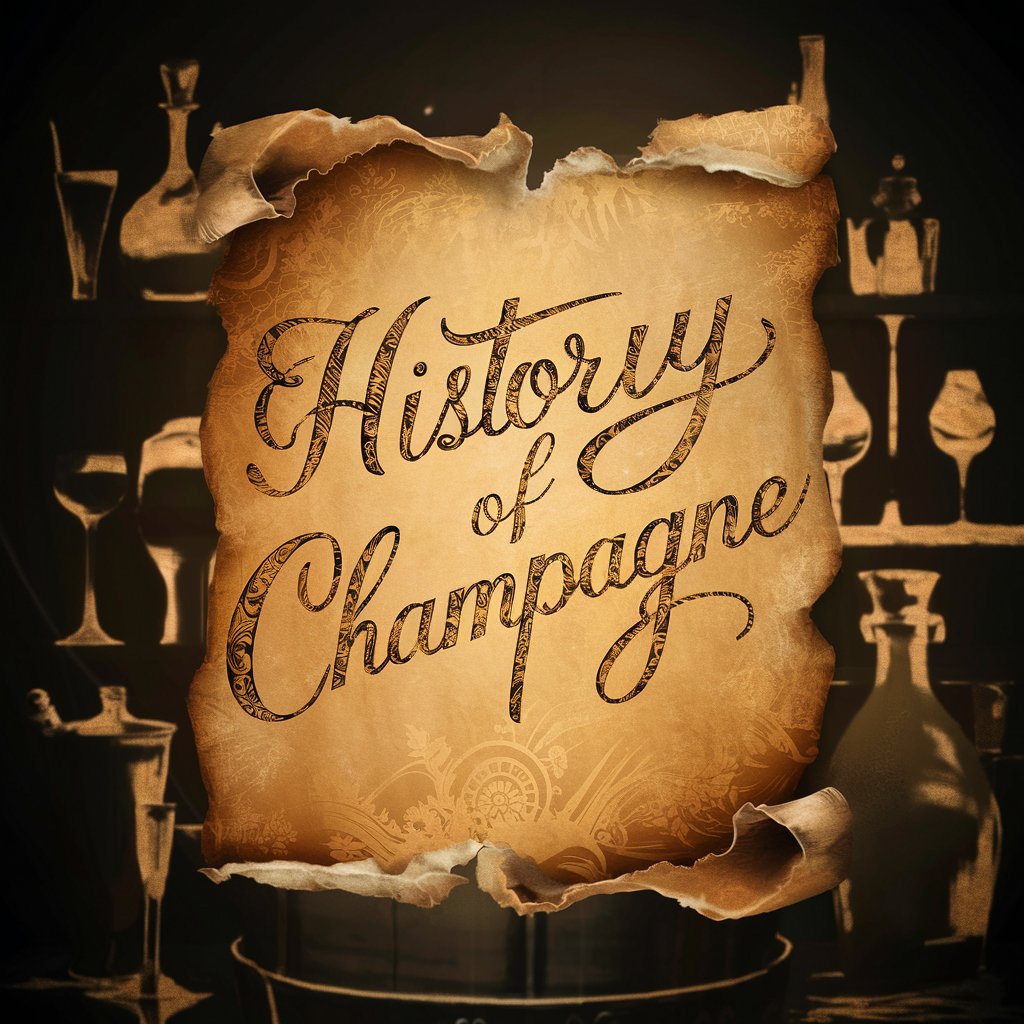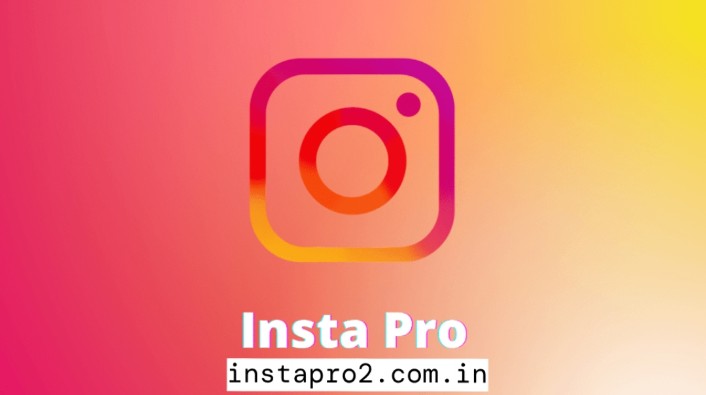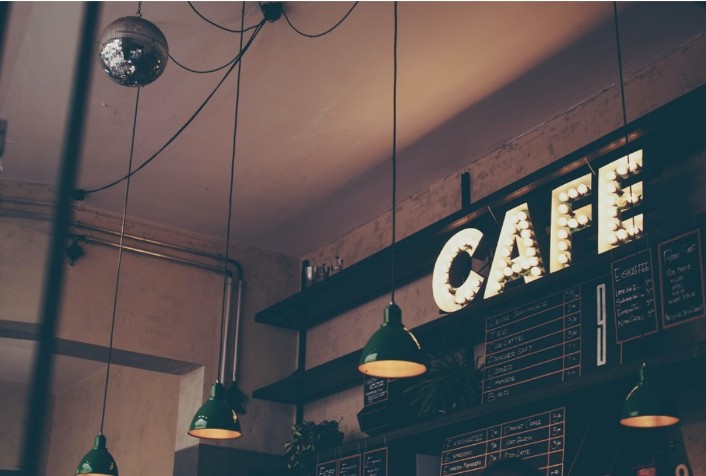Known to many as the ‘king of drinks’, champagne has long been a symbol of wealth and luxury, consumed by the rich, while occasionally, the rest of us get to enjoy this unique drink at wedding and other formal occasions. If you have ever wondered how champagne came about, you have come to the right place, as we delve into the long and fascinating history of champagne.
17th Century France
When one thinks of wine, France is the first country that springs to mind and for very good reason, as people began to experiment with making alcohol using grapes as early as the 13th century. Indeed, the French region of Champagne was a major grape grower and wine-making was a well-established industry, yet it wasn’t until the 17th century that sparkling wine was invented.
The Invention of Sparkling Wine
This was one of those strange events that occurred by mistake; the region of Champagne is located about 90 miles northeast of Paris, a place that has cold winters with sub-zero temperatures and when bottling wine, a freeze causes a halt to the fermentation process. When the temperature rises, a second fermentation process is created within the bottles and this resulted in carbon dioxide bubbles forming in the liquid and sparkling wine was born.
Dom Perignon
The name Dom Perignon is synonymous with fine champagne, largely due to Dom Perignon, a French monk who was a fine cellar master. He had time on his hands and decided to experiment with wine that had frozen during the winter; after tasting the sparkling liquid, he announced that he had discovered a drink for the gods and set about finding a way to ferment the wine to maintain the sparkle.
He was behind many of the processes that are used today to make the finest sparkling wine, such as:
- The use of black grapes.
- The creation of a second fermentation process.
- Merging hemp with cork to prevent the bottles from exploding.
- How to correctly store the wine to bring out the best taste.
There’s no doubt that Dom Perignon was the father of Champagne and after his passing, other monks continued to develop sparkling wine.
Rise to Popularity
Even though champagne was discovered accidentally, the French aristocracy viewed it as something very novel and it quickly became popular, particularly with King Hugh Capet who liked to have chilled champagne served at royal events. In the early 18th century, the Duke of Orleans made champagne the drink for the elites. More vineyards were established to meet the growing demand for this novel sparkling wine, with the champagne house Ruinart opening in 1729, with Taittinger following a few years later, then came Moet and Lanson. The product’s popularity continued to grow and it soon became known around the world as the drink for the rich and wealthy.
If you ever visit France, you should spend some time in the northeastern region of Champagne and sample some of the fine vintages produced by the top champagne houses that supply fine champagne to the world.






